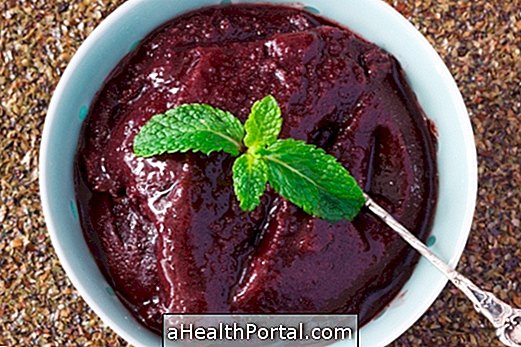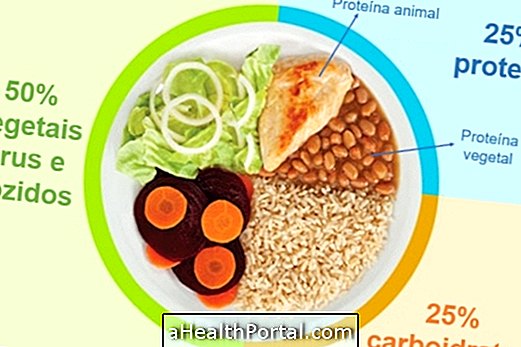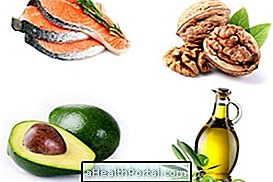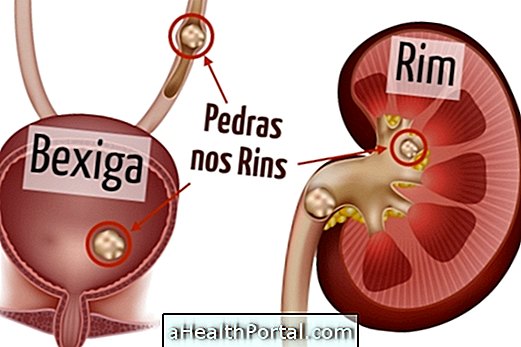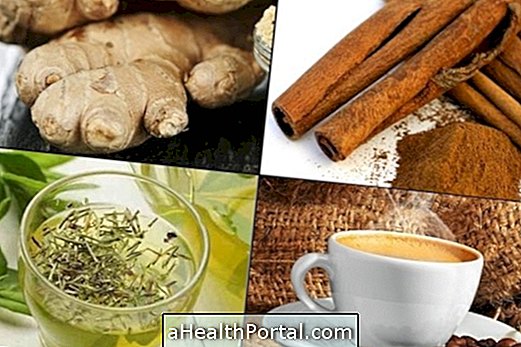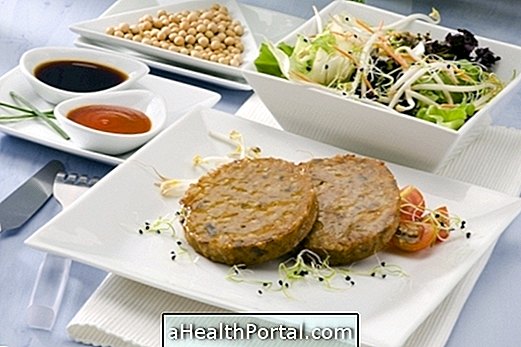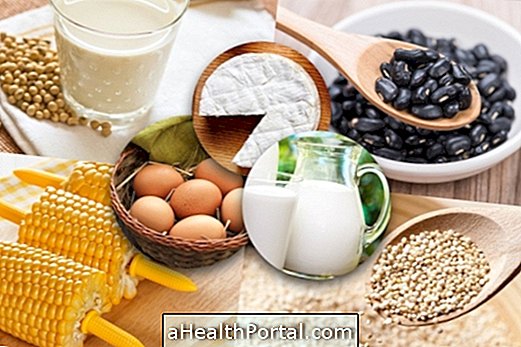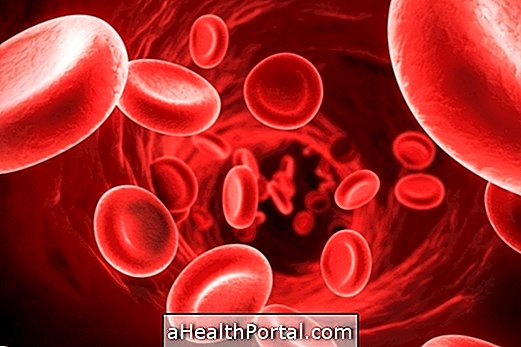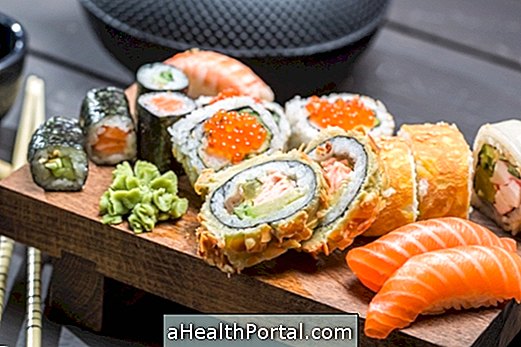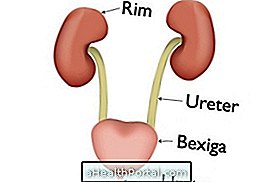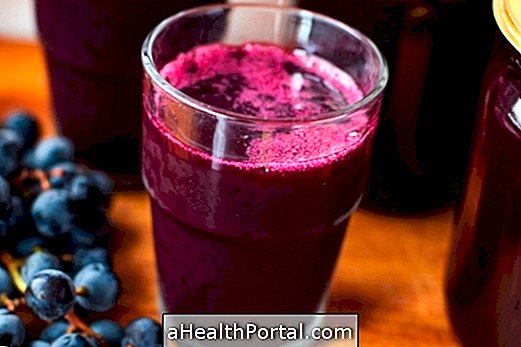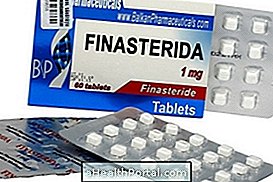Fruits, such as papaya, orange and plum, are great allies to combat constipation, even in people with a history of large intestines. These fruits contain large amounts of fiber and water, which accelerates the intestinal transit and favors the formation of feces. In addition, fruits also give satiety, improve metabolism and help you lose weight.
These fruits can be consumed daily, both fresh and in natural juices and fruit salads, and can also be used by infants and children, but in smaller quantities not to cause diarrhea. See 5 recipes for laxative juices to loosen the bowel.
The following 10 fruits release the bowel and can be used in infants and during pregnancy:
1. Papaya
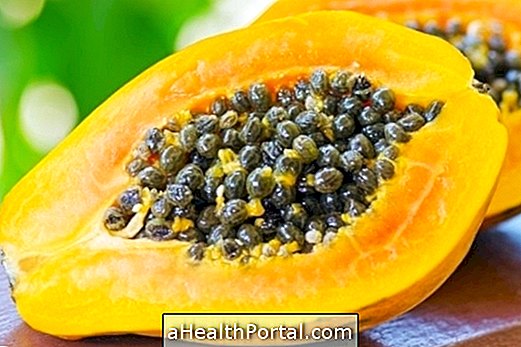
Papaya is rich in water and fiber, being well known for its power in helping bowel function. The beautiful papaya has an even greater laxative power than papaya, as it has almost twice the fiber and almost the same calories.
While 100 g of papaya has 1.8 g of fiber, papaya has 1 g, but still a good amount for this fruit. The two varieties of fruit have about 11 g of carbohydrate and 40 kcal for each 100 g, plus nutrients such as magnesium, potassium and vitamin C.
2. Orange
The orange is rich in water, which moisturizes the intestine and faeces, and which provides a lot of bagasse, synonymous with fibers for good intestinal functioning. One unit of orange has about 2.2 g of fibers, which is more than the existing fibers in 1 slice of whole wheat bread, for example.
However, it is important to remember that the juice of the orange has practically no fiber, because when squeezing the fruit the bagasse ends up being wasted along with its bark.
3. Plum

Plum, both fresh and dehydrated, is rich in fiber and a great food for the gut. Each unit of black plum has about 1.2 g of fiber, in addition to providing phosphorus, potassium and B-complex vitamins to the body.
An important tip is that when consuming prune, it is important to look at the product label to check if there is added sugar to the product, which greatly increases the calories of the plum and favors weight gain. So it is best to buy the dehydrated plum without adding sugar.
4. Acerola
Acerola brings about 1.5 g of fiber per 100 g of fresh fruit, and only 33 kcal, which makes this fruit a great ally of diet and intestine. In addition, this same amount of acerola brings 12 times the amount of vitamin C recommended for an adult per day, being much richer in this vitamin than orange and lemon, for example.
5. Avocado
Avocado is a champion in fiber content: 100 g of this fruit brings about 6 g of fiber. It is also rich in good fats for the body and facilitates the passage of feces through the intestine, in addition to promoting cardiovascular health and improving good cholesterol levels.

6. Banana
Although known as a fruit that holds the intestine, each banana has at least 1 g of fiber. The secret is to consume this very ripe fruit, so that its fibers will be ready to help in the intestinal transit. On the contrary, those who want to control diarrhea should consume the banana still half green, because in that way their fibers will serve to trap the intestine.
Even more potent than fresh fruit is the green banana biomass, because it has a high fiber content and is naturally a prebiotic food, which favors the health of the intestinal flora. Here's how to make green banana biomass.
7. Fig
Two units of fresh fig brings about 1.8 g of fiber and only 45 kcal, which generates enough satiety and avoids hunger for longer. As in the case of prunes, when buying dried figs, one should prefer ones that do not have added sugar, and it is necessary to check in the list of ingredients on the product label.
8. Kiwi
Each kiwi has about 2 g of fiber and only 40 kcal, making this fruit a great ally of the gut and dieting diets. In addition, 2 kiwis already bring all of vitamin C that an adult needs each day, having a high antioxidant power, helping to prevent diseases and improve skin health.

9. Jambo
Despite being under-consumed, the jambo is one of the fruit richest in fiber: 1 unit behind about 2.5 g of fiber, content often found in 2 slices of brown bread. In addition, it has only 15 kcal per fruit, much less than most fruits, being a great ally to lose weight and ward off hunger.
10. Pear
Each pear, when consumed in bark, has about 3g of fibers only 55 kcal, which makes this fruit one of the most important to help the intestine. A good tip to lose weight is to eat a pear about 20 minutes before the meal, as well as its fibers will act in the intestine generating a feeling of satiety, which reduces hunger at meal time.
Fruits that hold the intestine
Some fruits that hold the intestine are: apple and pear without peel, guava, banana, mainly still green banana.
These fruits should be avoided by people with constipation, at least until the intestinal transit is normalized. However, with a healthy and high fiber diet, all types of fruits can be consumed without constipation.
Tips for fighting constipation
In addition to increasing the consumption of laxative fruits, some simple tips to combat constipation are:
- Consume fruits with bark and bagasse whenever possible, as they are rich in fiber;
- Prefer the consumption of raw vegetables, as they have greater power to accelerate the intestinal transit;
- Prefer whole foods such as rice, wheat flour, pasta, and whole-grain crackers;
- Consume seeds like chia, linseed and sesame in juices, salads and yogurts;
- Drink at least 2 liters of water per day as it helps in stool formation along with the fibers and still moisturizes the gut, allowing stool to walk more easily into the intestinal tube.
In addition to eating tips, it is also important to do regular physical activity, as exercise stimulates the bowel and keeps it active, facilitating passage of feces and fighting constipation.
See more tips for fighting constipation by watching the following video:

